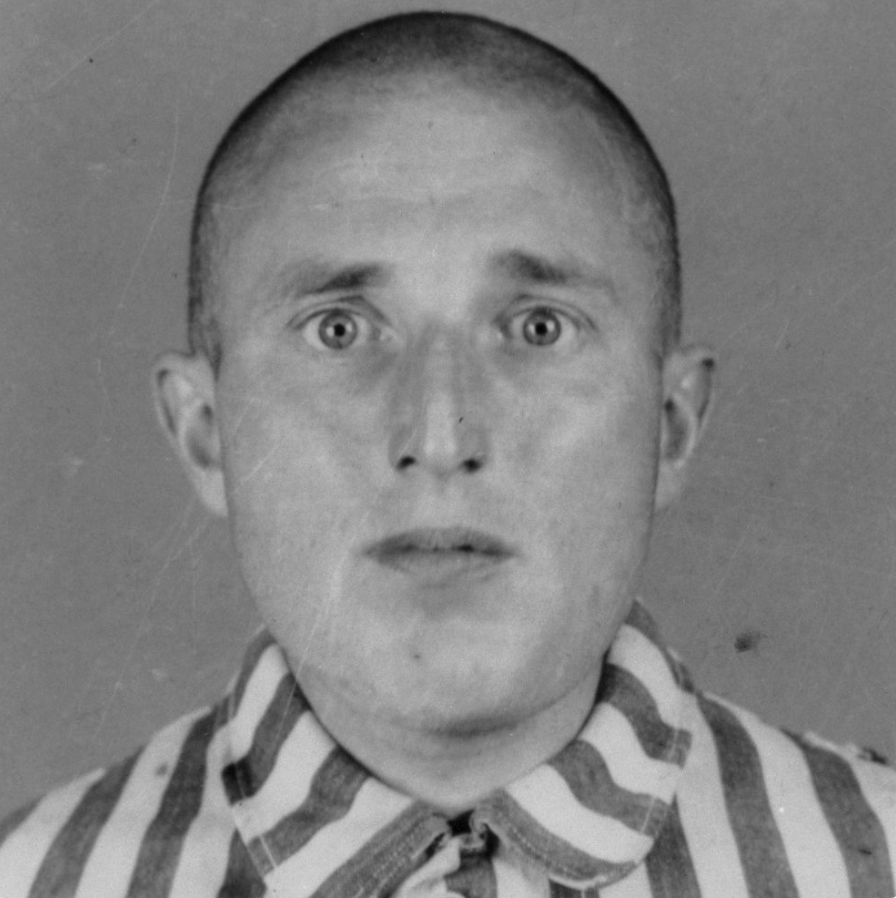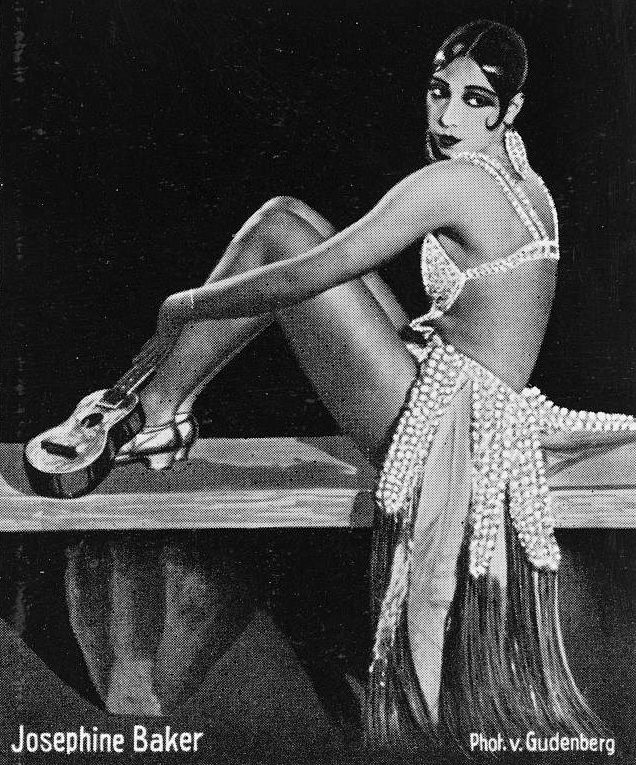
1/9 The Museum is frequently asked how the photographs in our collections survived the Holocaust. This #WorldPhotographyDay, explore how photos were saved in different and sometimes miraculous ways. A thread: 

2/9 Sophie Rakowski kept these photos of her sons, Sam and Israel, in her shoe while imprisoned in forced labor and concentration camps. Sophie and Sam survived. Israel did not. 



3/9 George Kadish secretly photographed the Kovno (Kaunas) ghetto, sometimes even snapping pictures through the buttonhole of his overcoat. He hid the negatives, which he recovered after the war.📷: George Kadish/Zvi Kadushin 

4/9 Niusia Gordon kept this photograph of her parents, Basia and Moshe, while living in hiding under a false identity. They did not survive. 

5/9 Wilhelm and Johanna Schischa saved their daughter Lilli’s life by sending her to England. They mailed photos of themselves in the Opole ghetto to relatives in Vienna before they were killed. Lilli received the photos after the war. 

6/9 Magdalena Mermelstein’s Christian neighbors saved her family’s photos, which she recovered after surviving Auschwitz. She was the only member of her immediate family to survive. 

7/9 After the war, survivor Regina Laks was able to recover copies of her family photos that had been sent to friends in Palestine. Her parents, Issac and Pola, were both killed. 

8/9 Photographer Mendel Grossman took thousands of illegal photos in the Łódź ghetto. Most of the approximately 10,000 negatives he hid were retrieved by friends and his sister after the war. Mendel did not survive.📷: Beit Lohamei Haghetaot 

9/9 Rosa Liebermann hid this photo of her son, Alex, in her mouth during selections at Auschwitz and Ravensbrück. Alex did not survive the Holocaust. 

• • •
Missing some Tweet in this thread? You can try to
force a refresh







